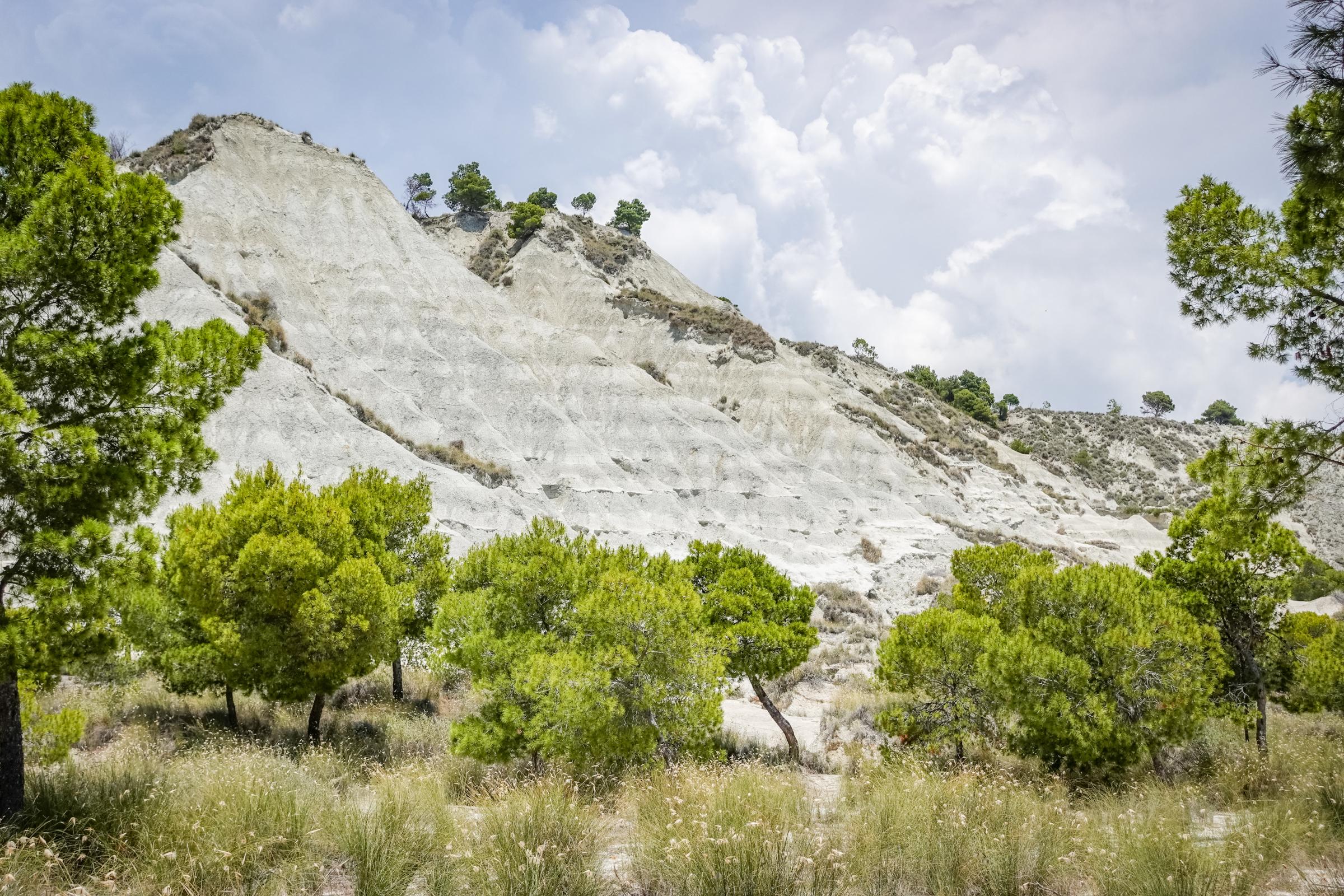Palizzi Castle

Castle
Castello di Palizzi - Regione Calabria
It is difficult not to succumb to the charm of the Ruffo Castle in Palizzi, a village rich in history located in the Greek area. This magnificent medieval fortress, nestled on a rocky ridge, has the Aspromonte mountains behind it and the Ionian Sea in front of it, offering a view that stretches for tens of kilometers along the coast.
Despite the vicissitudes that have changed its structure and purpose, its imposing beauty is still evident, which is why the castle has been declared a National Monument by the Ministry of Cultural Heritage, which has ordered its restoration. Its origins are remote, as it was built between the 13th and 14th centuries. What is certain is that it was built as a defensive bastion, given its dominant and strategic position, which, from the highest rock, protected the town from Turkish pirate raids.
Some studies attribute its construction to the powerful Ruffo family in 1300. Originally, Palizzi Castle had a solemn appearance and seemed impregnable, but today, due to continuous renovations and numerous refurbishments, very little remains of the ancient military structure: two towers (a cylindrical crenellated tower on the east side and an angular tower on the opposite side), the high surrounding walls, the embrasures, some traces of battlements and loopholes, and finally the prison cells carved into the rock, where enemies were imprisoned. There is an interesting Latin inscription on the entrance door dating back to 1580, a lapidarium bearing the epigraph: ‘cadente per vecchiaia’ (falling into disrepair due to old age), which attested to its state of decay even then.
The castle became a residential palace and over the centuries it was inhabited by various rich and powerful families, such as the Romano, Colonna (the entrance door still bears their coat of arms), Erbo, and Arduino families, who modified its layout with restorations and structural interventions. At the end of the 19th century, Baron De Blasio was the owner of the fortress, and the members of his family and heirs were the last to occupy the rooms of the building before it was abandoned and fell into decay, sealed by the collapse of the roof.
A single road leads from the village to Castello Ruffo, which dominates the village from above and watches over the coast. A spectacular view welcomes visitors, who can still see precious details such as the round-arched windows on the ground floor and the more complex ogival windows on the upper floor.


